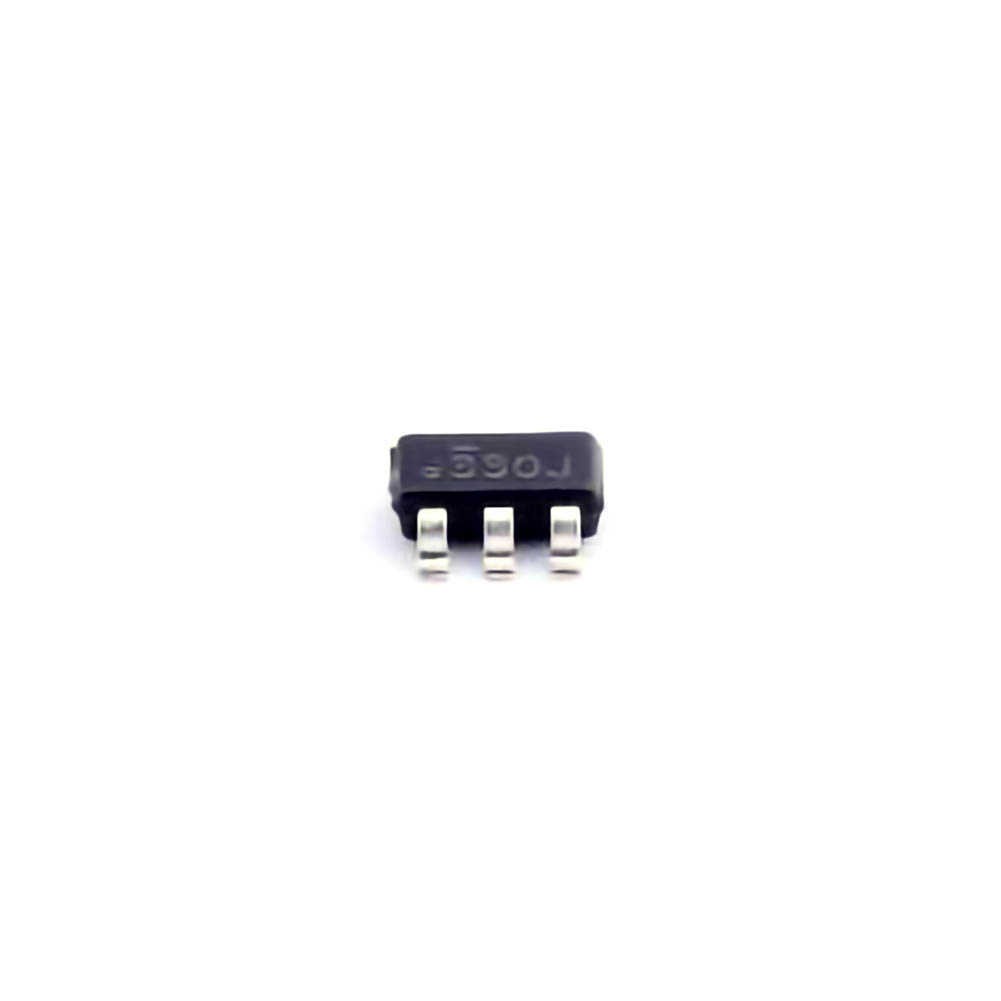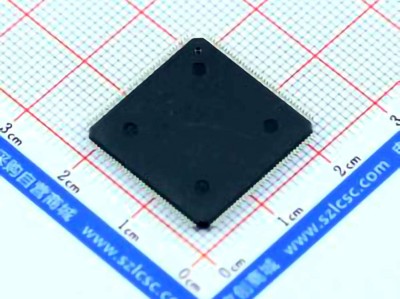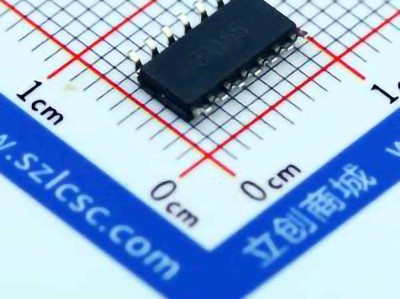
Understanding the Causes of Excessive Power Loss in FDC6330L MOSFET
The FDC6330L MOSFET is a popular choice for many electronic applications, owing to its impressive performance and versatility in power switching tasks. However, like all electronic components, it is not immune to power loss issues that can reduce its efficiency. When using the FDC6330L, one common challenge engineers face is excessive power dissipation. Power loss in MOSFETs , particularly in switching applications, can lead to reduced performance, increased heat generation, and ultimately, shorter component life. Understanding the causes of power loss in the FDC6330L is the first step toward mitigating this issue.
1.1 On- Resistance (Rds(on)) and its Impact
The primary cause of power loss in any MOSFET, including the FDC6330L, is the on-resistance, or Rds(on), which is the resistance between the drain and source when the MOSFET is fully "on." The value of Rds(on) is critical because it directly influences the amount of power dissipated as heat during operation. A higher Rds(on) results in greater power loss, which can increase the device's temperature and reduce overall efficiency.
In the case of the FDC6330L, Rds(on) can vary with temperature, gate drive voltage, and current. As temperature rises, the resistance increases, leading to higher losses. This is especially problematic in high-power applications, where the MOSFET must handle significant current loads. Therefore, minimizing Rds(on) should be a priority when dealing with power loss issues.
1.2 Switching Losses: Rise and Fall Times
Switching losses are another major contributor to power loss in the FDC6330L MOSFET. These losses occur when the device transitions between its "on" and "off" states. During these transitions, both voltage and current are simultaneously present, causing energy dissipation. The faster the MOSFET switches, the lower the switching losses. However, if the rise and fall times of the FDC6330L are too slow, the MOSFET may remain in a partially "on" or "off" state for longer periods, resulting in significant power loss.
Slow switching can be attributed to several factors, such as inadequate gate drive voltage or capacitance issues in the MOSFET. Proper gate drive design is crucial to minimizing switching losses. Without sufficient voltage at the gate, the MOSFET may not switch efficiently, leading to prolonged transitions and more heat generation.
1.3 Thermal Runaway and Heat Dissipation
Another factor contributing to excessive power loss in the FDC6330L is thermal runaway. When the MOSFET dissipates more power, its temperature increases, which in turn increases Rds(on), leading to even more power dissipation. This cycle can quickly escalate, causing the component to overheat and eventually fail. Efficient Thermal Management is key to avoiding this problem.
Thermal dissipation is dependent on factors such as the packaging of the MOSFET, the PCB layout, and the cooling system in place. If the MOSFET does not have an adequate heat sink or is poorly ventilated, it will struggle to dissipate heat effectively, exacerbating power loss. This is particularly critical in high-current applications where the heat generated can be significant.
1.4 Gate Charge and Drive Strength
The gate charge (Qg) of a MOSFET plays a significant role in its switching efficiency. The FDC6330L, like most MOSFETs, requires a certain amount of charge to be delivered to the gate to turn it "on" or "off." The faster the gate is charged and discharged, the quicker the MOSFET can switch between states. If the gate charge is too high or the drive strength is insufficient, the MOSFET will switch slowly, resulting in higher switching losses.
In addition to the gate charge, the strength of the gate drive circuit is important. A weak gate driver can cause slow transitions, leading to increased power loss. Optimizing the gate driver is therefore a crucial step in reducing power dissipation in the FDC6330L.
Solutions to Mitigate Power Loss in FDC6330L MOSFET
Now that we have a better understanding of the causes behind excessive power loss in the FDC6330L MOSFET, it is time to explore effective solutions that can mitigate these issues and optimize performance. These solutions involve a combination of improved thermal Management , careful component selection, and gate drive optimizations.
2.1 Minimizing On-Resistance (Rds(on))
Reducing Rds(on) is one of the most effective ways to decrease power loss in the FDC6330L MOSFET. This can be achieved by selecting MOSFETs with lower Rds(on) ratings, which are often available in newer models or more advanced technologies. Another way to address this issue is by ensuring the MOSFET operates within its optimal temperature range, as Rds(on) tends to increase with temperature.
Proper heat sinking and cooling mechanisms, such as thermal vias or external heat sinks, should be incorporated into the PCB design to help maintain a lower temperature and prevent Rds(on) from increasing during operation.
2.2 Optimizing Switching Behavior
To reduce switching losses, it is essential to focus on optimizing the rise and fall times of the FDC6330L MOSFET. This can be achieved by using a gate driver with higher current capabilities. A high-current gate driver ensures that the gate capacitance is charged and discharged more rapidly, leading to faster switching times.
Additionally, minimizing the gate charge (Qg) can further reduce switching losses. This can be done by selecting MOSFETs with lower gate charge ratings or by choosing a gate driver that is specifically designed for low-gate-charge applications.
2.3 Improving Thermal Management
Thermal management is critical to preventing power loss due to excessive heat generation. To avoid thermal runaway, proper heat dissipation strategies must be implemented. First and foremost, the MOSFET should be placed on a PCB that has been designed for efficient heat transfer. This includes ensuring that the PCB has adequate copper area for heat spreading and that thermal vias are used to channel heat away from the MOSFET.
For applications requiring higher current, an external heat sink or cooling system should be added to enhance heat dissipation. In addition, choosing a MOSFET package with good thermal conductivity (such as D2PAK or TO-220) can help ensure that heat is effectively transferred to the environment.
2.4 Fine-Tuning Gate Drive Circuit
As mentioned earlier, a proper gate drive circuit is essential for efficient switching. The gate driver should be capable of providing sufficient voltage and current to the gate of the FDC6330L to ensure rapid switching. For optimal performance, ensure that the gate drive voltage is high enough to fully turn on the MOSFET. If the gate voltage is insufficient, the MOSFET will operate in the linear region for longer periods, increasing power dissipation.
Additionally, the gate driver should be designed to minimize any parasitic inductances or capacitances that could slow down the switching process. The use of dedicated gate driver ICs with features such as shoot-through protection can help optimize switching performance and reduce power loss.
2.5 Alternative Component Selection
In some cases, the FDC6330L may not be the optimal choice for a particular application. If excessive power loss is a consistent issue despite implementing the above solutions, it may be worth considering alternative MOSFETs with better characteristics for the specific application. For instance, newer MOSFETs with lower Rds(on), faster switching speeds, and lower gate charges are available. These components, while potentially more expensive, can significantly improve the efficiency of the system.
2.6 Implementing Active Power Management
Finally, for applications that require a high degree of power efficiency, implementing active power management techniques can further reduce losses. This could involve techniques such as dynamic voltage scaling or using synchronous rectification in place of traditional diode rectification. These advanced methods can optimize the overall power delivery and reduce losses in the power path.
By carefully addressing the causes of power loss in the FDC6330L MOSFET and employing the above solutions, engineers can significantly improve the efficiency and longevity of their designs. Whether by optimizing thermal management, fine-tuning the gate drive, or selecting more suitable components, these steps will help ensure that power loss is minimized, leading to more reliable and energy-efficient electronic systems.
If you are looking for more information on commonly used Electronic Components Models or about Electronic Components Product Catalog datasheets, compile all purchasing and CAD information into one place.


